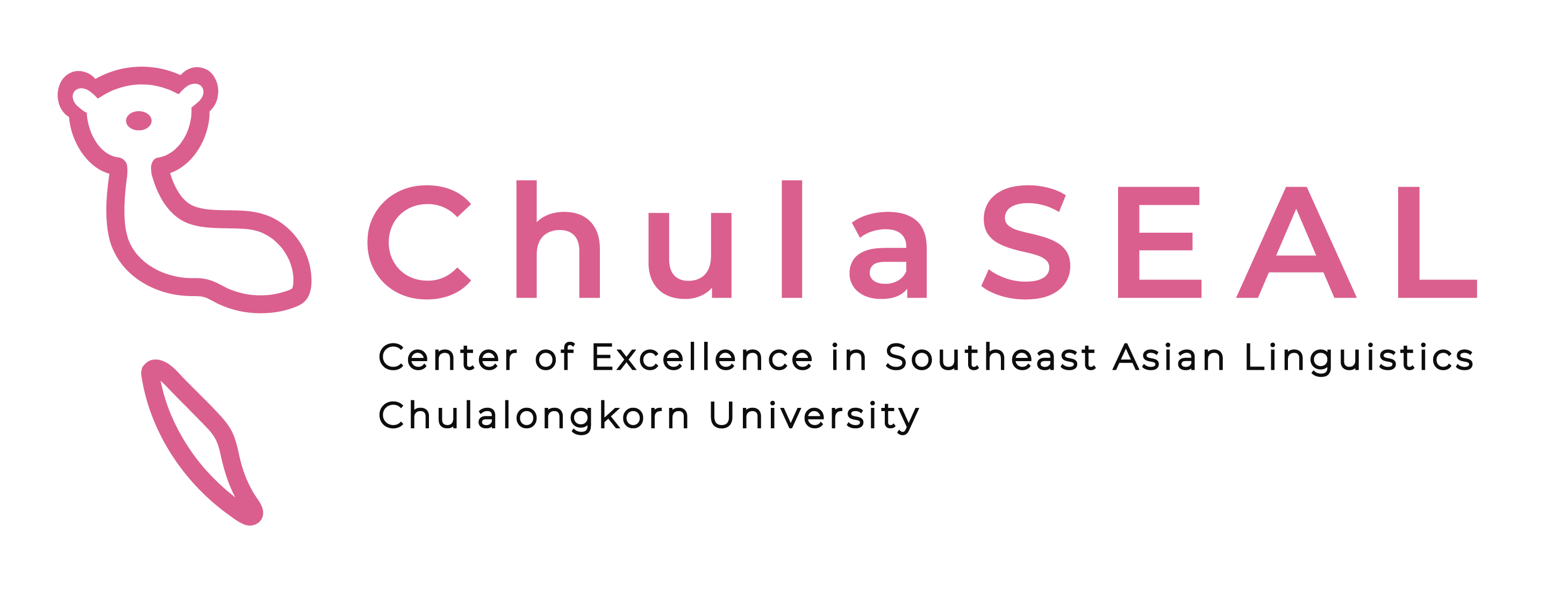Every language varies from one region to another. Thai is no exception. Lexical items and tones are the two main features that differentiate Thai dialects. Over the past 40 years Thai dialectology has made much progress providing new knowledge on regional variation in this language. In most studies the distribution of linguistic characteristics and the location of linguistic borders are displayed as table and/or map presentation. Up to now GIS techniques have not been utilized in Thai dialect map creation. The location of areas and borders are thus inaccurate and unreliable. The main objective of this research is to design and develop the geographical database of lexical items in Thai dialects by using Geographic Information System in order to be used as a key database for the creation of lexical variation maps. The area of study in this research covers every province in Thailand. The data used come from the “Collection of Words in Local Dialect Project” by the Office of the National Cultural Commission and the Faculty of Arts, Chulalongkorn University, where a questionnaire consisting of 170 semantic units was sent to every Tambon. In this research seven semantic units were selected from that project, all of which have been shown in previous studies to be effective in segregating the four main Thai dialects. There are three major steps in this study: data preparation and database design for lexical items, data entry and linkage, and map generation for all seven semantic units. Results clearly demonstrate the potential of GIS to organize a data set for Thai dialects. In addition, seven isogloss maps were created from the lexical items for seven semantic units and the following conclusions were reached: (1) Almost all of the seven semantic units can be used to segregate the four main dialect regions of Northern Thai, Central Thai, Northeastern Thai, and Southern Thai. (2) Thai dialect maps created by some semantic units show similar location of dialect borders. (3) Three areas where other languages are spoken are identified – the low parts of southern Thailand, the lowand inner-part of northeastern Thailand, and some Tambons in Kanchanaburi. (4) In overview the isoglosses of Thai dialects correspond to geographical borders.
Development of Geographical Database of Lexical items in Thai Dialects Using Geographic Information System
ChulaSEAL author(s):
APA: Teerarojanarat, S., & Tingsabadh, K. (2008). " Development of Geographical Database of Lexical items in Thai Dialects Using Geographic Information System. Journal of Language and Linguistics, 26(2), 1-20.

